2. Sexual Misconduct
The Harvey Weinstein scandal has sparked an international conversation about sexual misconduct and even created one of the most popular #hashtag campaigns of all time (#metoo).
The damage has ruined lives, careers, and one can assume contributed to mental health issues on both sides – both victims and those accused.
As reported by the AICD, the concern for directors is a significant blow to the organisation’s reputation in the eyes of customers, investors and the community — and potentially their own reputation by association.
In a study by Mississippi State University, it was found that companies experience an average shareholder loss of $US 226 million ($284.7m) in the three days after an announcement of a CEO indiscretion.
Secondly, boards see the knock-on effects to workplace culture, employee mental health and wellbeing.
The recent Australian cases have sparked discussion about the role and responsibilities of boards in these matters. More to come on this topic for sure in 2018.
3. Director Training in Health & Safety Governance
A research paper published by Safe Work Australia suggests health & safety due diligence training for most company officers has to date focused on legal exposure and has failed to inform this group of a general understanding of health & safety.
The paper also found that Directors are not adequately trained in how their decisions influence health & safety outcomes, or that health & safety performance data is generally inadequate for effective decision-making.
From speaking with directors on the topic of health & safety governance and from reports such as those published by Safe Work Australia, Citi Research, Australian Institute of Company Directors, and more, it is evident that many directors do not have the tools and training they need to facilitate good health & safety governance and leadership in the boardroom.
Even more importantly, this group may be missing out on using health & safety as a lever for business excellence.
4. Qualifications for Health & Safety Professionals
Certification of Generalist OHS Professionals/Practitioners is already standard practice in countries such as the USA, Canada, the UK and Europe; however, Australia has lagged behind in implementing such a Certification scheme.
In the broader field of workplace health & safety, a generalist applies to those providing general OHS advice and support. The Generalist title is commonly used to distinguish the profession from specialist roles such as occupational hygienists and ergonomists.
Through my discussions with directors and executives, there is a growing question from this group as to whether the person providing health & safety advice has the appropriate skill set and expertise.
It’s not surprising that this issue has surfaced amongst this group, particularly in Australia and New Zealand, where officers have a legislative due diligence obligation to ensure their reliance on an ‘expert’ is reasonable.
The Safety Institute of Australia (SIA), the representative body for Generalist OHS Professionals/Practitioners in Australia, has been working with international bodies to implement a certification program, including ongoing professional development. The SIA has defined three levels of health & safety advisors and I look at these further in the Dashboard.
5. Trust in Decline Globally
The 2017 Edelman Trust Barometer, an international study of trust levels in institutions, revealed the largest-ever drop in trust across the institutions of government, media and NGOs. Of particular interest is the drop in CEO credibility to an all-time low.
Additionally, the average person is now just as credible a source of information about a company as is a technical or academic expert, and far more credible than a CEO and government official.
These findings are important for directors and the executive team to consider when communicating their health & safety message.
The absence of trust in management from the workforce, has the potential for workers to avoid advising management of health & safety issues or incidents.
For example, workers may look to tell management ‘what they want to hear’ to avoid repercussions or continue doing work unsafely because they know management will do nothing about the issue. This results in a skewed picture of how well the organisation is managing is risk and therefore little traction for the organisation in terms of their health & safety initiatives and overall performance.
From a broader organisational perspective, the board and management should look to get a clear picture of where their organisation’s management team and board members sit on their own trust barometer.
6. Non-Conforming Building Products
Grenfell Tower
Many of us can vividly recall hearing of the UK Grenfell Tower disaster in June 2017. Like many of us I watched the footage in complete dismay, shocked at how a building fire could cause so much destruction in such little time.
As a result of the Grenfell fire, an Independent Review of Building Regulations and Fire Safety was initiated with a particular focus on its application to high-rise residential buildings.
A wide range of issues have been included in the inquiry, including governance and management issues. Of particular interest for directors globally, is the issue of ‘whether there had been any previous fires in the building or in similar buildings that should have put those with management and those with governance responsibilities on notice, and if so, should they have applied any lessons learnt’ to the Grenfell Tower.
It is imperative for Directors to be familiar with health & safety matters inside and outside their organisation, so they know what to ask and when to act, and not repeat similar issues where possible.
Australian Senate Inquiry
Australia experienced a similar building fire, without the loss of life, in 2014 at the Lacrosse Tower in Melbourne’s Docklands precinct where aluminium cladding caught fire and raced up the building in just 15 minutes. As a result, the Senate Inquiry was launched into Cladding Materials (specifically aluminium composite cladding).
The Senate Committee received its interim report on 6 September 2017, and recommended a total ban on the importation, sale and use of polyethylene core aluminium composite panels (note the recommendations were rejected by the Australian government in October 2017).
The presence of aluminium composite cladding on a building does not mean it is non-compliant or a safety hazard, the configuration and how it has been used is also relevant. The final report is due in April 2018.
7. Modern Slavery
When thinking of human rights abuses, it’s hard to forget the reputational damage inflicted on Nike post-admitting in 2001 that it “blew it” by employing children in Third World countries.
It is also fair to say that most consumers do not wish to inadvertently contribute to human rights abuses through modern slavery, through their purchasing of goods and services.
Nike was not the first or the last company to be exposed in the media for human rights abuses, and Seyfarth Shaw Australia suggests that 2018 looks to be a landmark year in the worldwide effort to eliminate modern slavery, with an expanding legislative and regulatory focus on the domestic labour practices and global supply chains.
This is the basis of the latest change in Australia with regard to human rights.
The Joint Standing Committee on Foreign Affairs, Defence and Trade, in its inquiry into establishing a Modern Slavery Act in Australia, produced its final report in December. The report sets out 49 recommendations, including the introduction of an Australian Modern Slavery Act and the establishment of an Independent Anti-Slavery Commissioner.
Now, I’d love to hear from you:
What do you think are some of the top workplace health and safety issues or matters from 2017 that directors need to have on their radar in 2018?
Leave a comment below and let me know.
Remember, share as much detail as possible in your reply. Your story and/or thoughts may lead to someone’s meaningful breakthrough and it all contributes to this audience knowing what to ask, and when to act.
Important: share your thoughts and ideas directly in the comments. Links to other posts, videos, etc. will be removed.
Thank you so much for reading and adding your perspective to the conversation!
Thanks for reading!
[/av_textblock]
[/av_three_fifth]
Welcome!
I’m Samantha
I teach board members and executives how to lead with heart and put people first, by leading safe & healthy work. Stick around and I’ll share with you the skills, knowledge and mindset you need to know what to ask, and when to act and lead with confidence.
Journal of Financial Economics
Safety Institute of Australia
[text-blocks id=”4249″ plain=”1″]
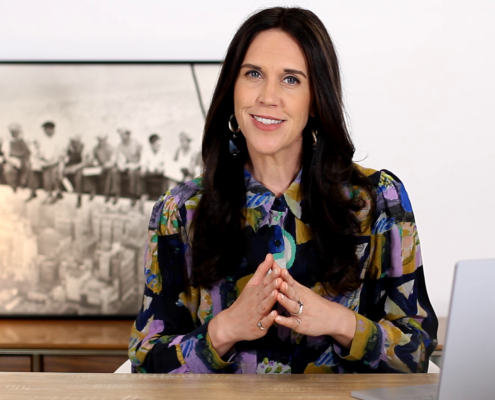 https://www.samanthamcgolrick.com/wp-content/uploads/2020/12/vlcsnap-2020-12-02-09h42m14s707.png
844
1500
Samantha McGolrick
https://www.smsafetysolutions.com.au/wp-content/uploads/2019/01/samantha_logo.png
Samantha McGolrick2020-12-02 09:18:082023-02-20 20:50:35#39 Your Board Might be Missing Red Flags. This is Why
https://www.samanthamcgolrick.com/wp-content/uploads/2020/12/vlcsnap-2020-12-02-09h42m14s707.png
844
1500
Samantha McGolrick
https://www.smsafetysolutions.com.au/wp-content/uploads/2019/01/samantha_logo.png
Samantha McGolrick2020-12-02 09:18:082023-02-20 20:50:35#39 Your Board Might be Missing Red Flags. This is Why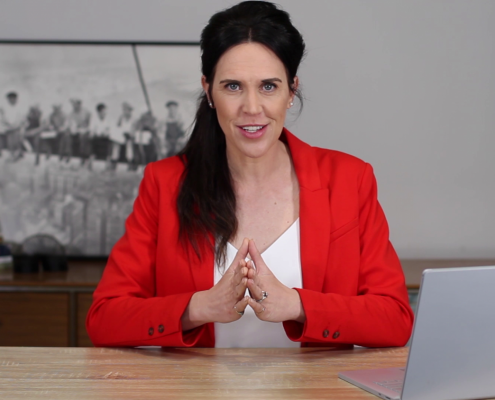 https://www.samanthamcgolrick.com/wp-content/uploads/2020/09/Vlog-38-Dreamworld-Part-2-screenshot.png
844
1500
Samantha McGolrick
https://www.smsafetysolutions.com.au/wp-content/uploads/2019/01/samantha_logo.png
Samantha McGolrick2020-09-02 09:00:082023-02-20 20:50:28#38 What Does the Dreamworld Tragedy Tell Us About Board Competency in Safety (Part 2)
https://www.samanthamcgolrick.com/wp-content/uploads/2020/09/Vlog-38-Dreamworld-Part-2-screenshot.png
844
1500
Samantha McGolrick
https://www.smsafetysolutions.com.au/wp-content/uploads/2019/01/samantha_logo.png
Samantha McGolrick2020-09-02 09:00:082023-02-20 20:50:28#38 What Does the Dreamworld Tragedy Tell Us About Board Competency in Safety (Part 2)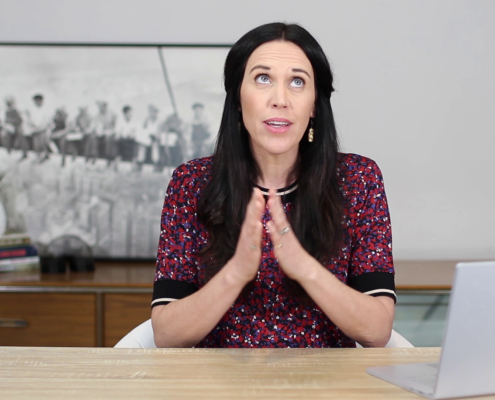 https://www.samanthamcgolrick.com/wp-content/uploads/2020/08/screenshot.png
844
1500
Samantha McGolrick
https://www.smsafetysolutions.com.au/wp-content/uploads/2019/01/samantha_logo.png
Samantha McGolrick2020-08-26 17:27:592023-02-20 20:50:15#37 What Does the Dreamworld Tragedy Tell Us About Board Competency in Safety (Part 1)
https://www.samanthamcgolrick.com/wp-content/uploads/2020/08/screenshot.png
844
1500
Samantha McGolrick
https://www.smsafetysolutions.com.au/wp-content/uploads/2019/01/samantha_logo.png
Samantha McGolrick2020-08-26 17:27:592023-02-20 20:50:15#37 What Does the Dreamworld Tragedy Tell Us About Board Competency in Safety (Part 1)
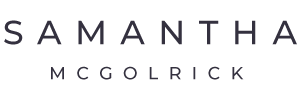







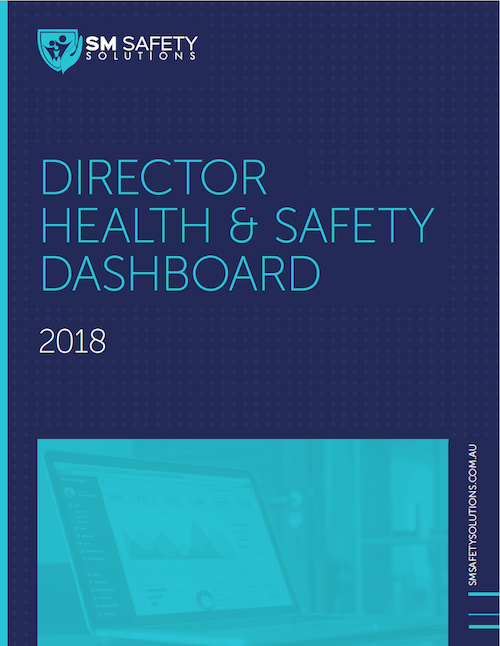


Let us know what you have to say:
Want to join the discussion?Your email address will not be published.